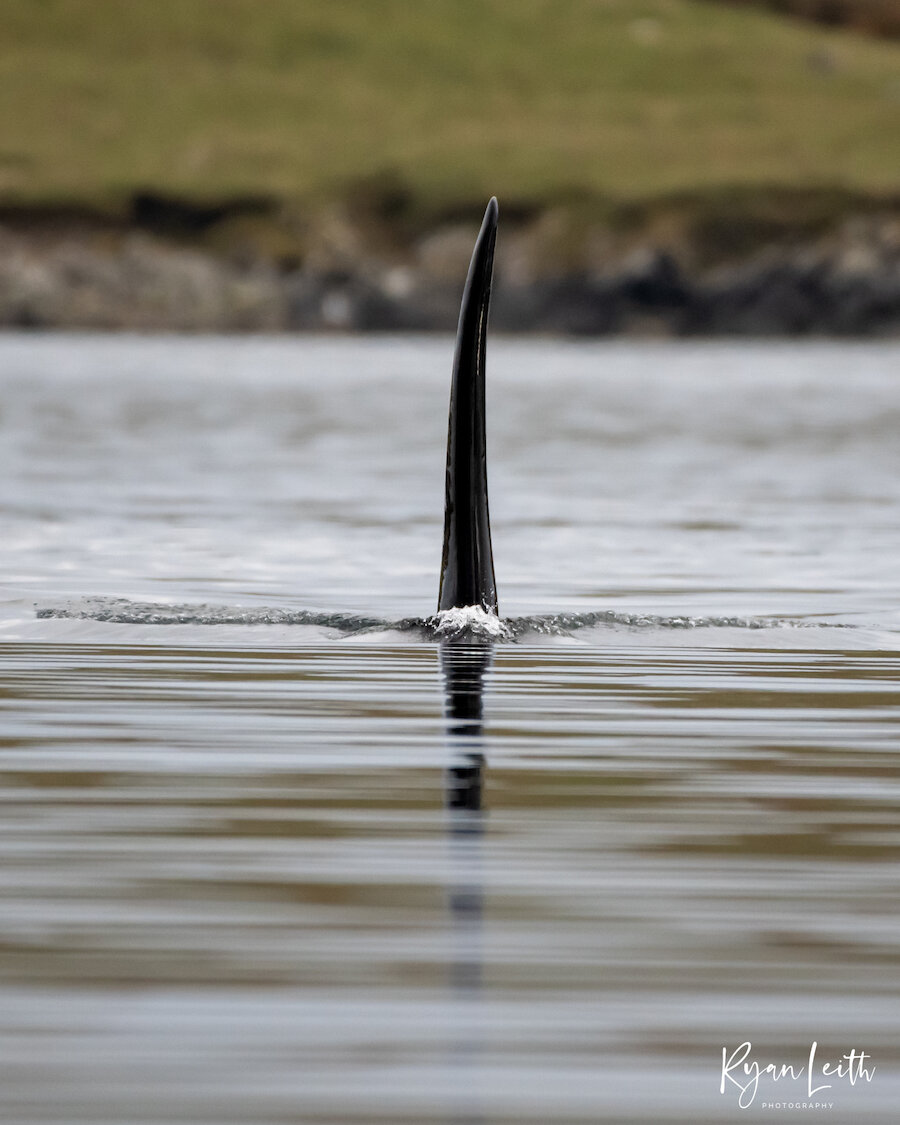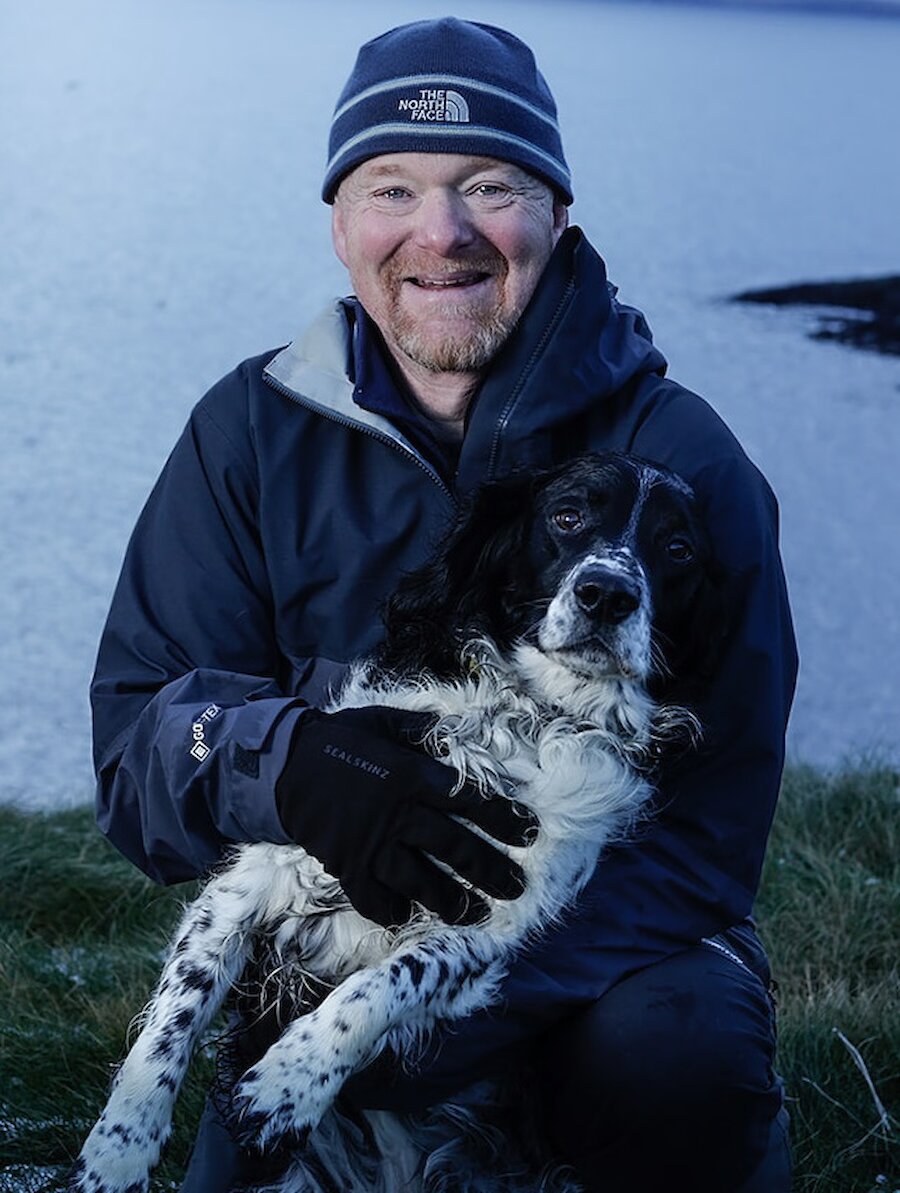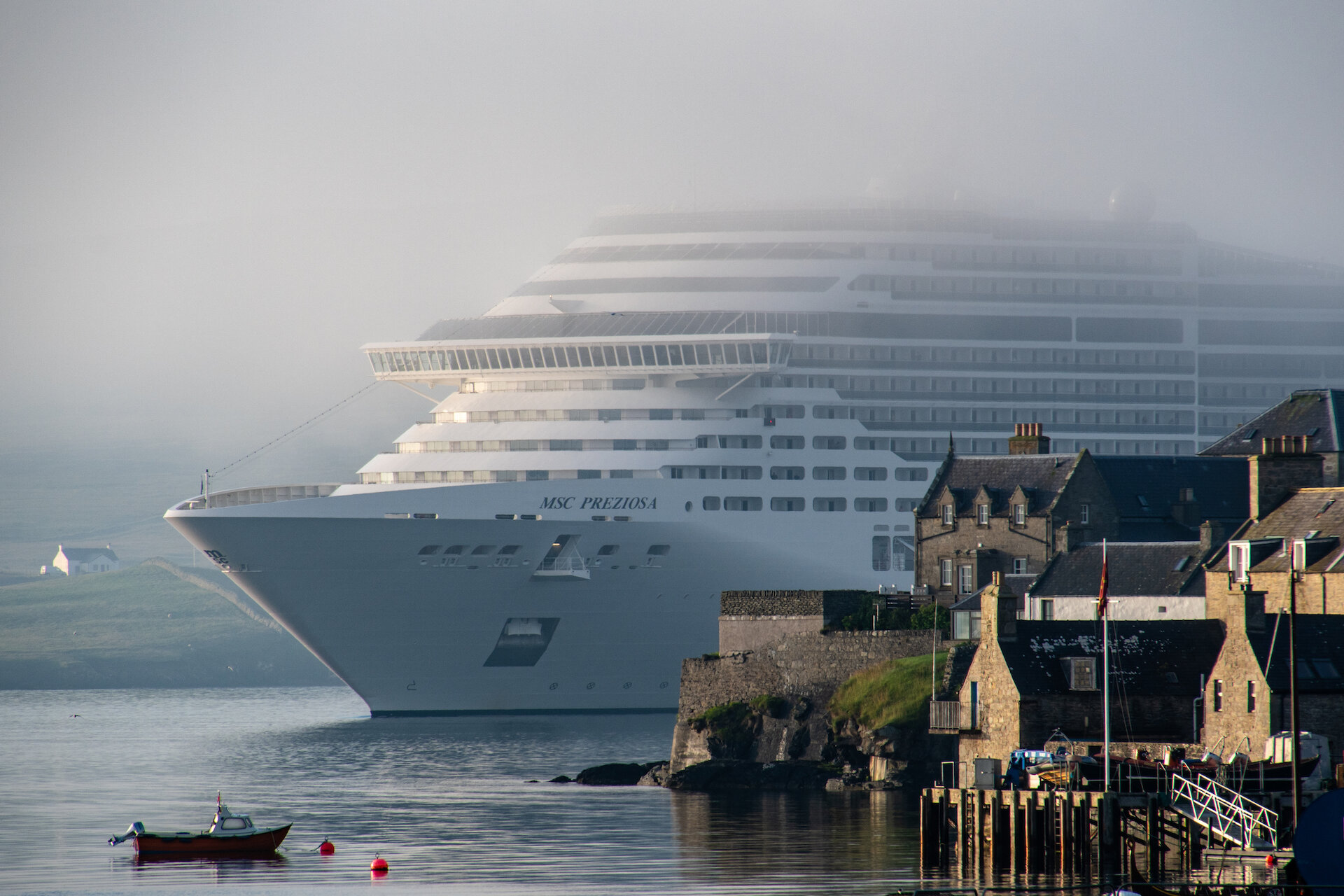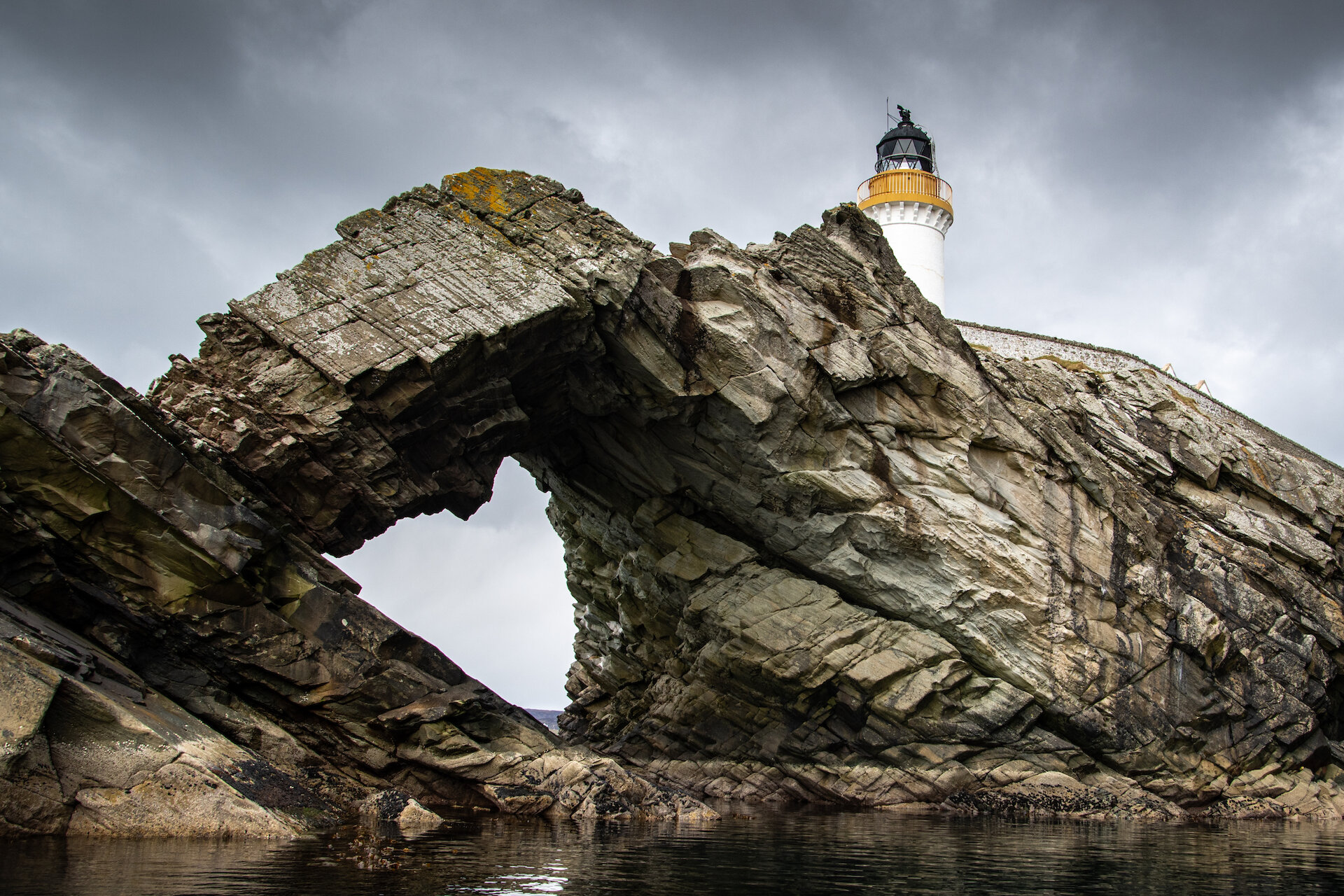In his day job he keeps a watching brief on comings and goings in Lerwick Harbour, and much of his spare time is taken up with commitments as a member of the Lerwick Up-Helly-Aa committee. His turn in the spotlight as chief Viking, or Guizer Jarl, comes later this decade.
But when he’s not busy with those things – or walking his dog, or enjoying live music, or travelling – intrepid photographer and seafarer Ryan Leith can be found exploring Shetland’s rich, often unseen network of spectacular sea caves and training his lens on the abundance of wildlife found around the coastline.
It was in his work as a port controller for Lerwick Port Authority that the 50 year old’s interest in photography was first stimulated, when a pod of pilot whales came into the harbour. “They were just outside the office and I realised I didn’t have a decent camera,” he says.





